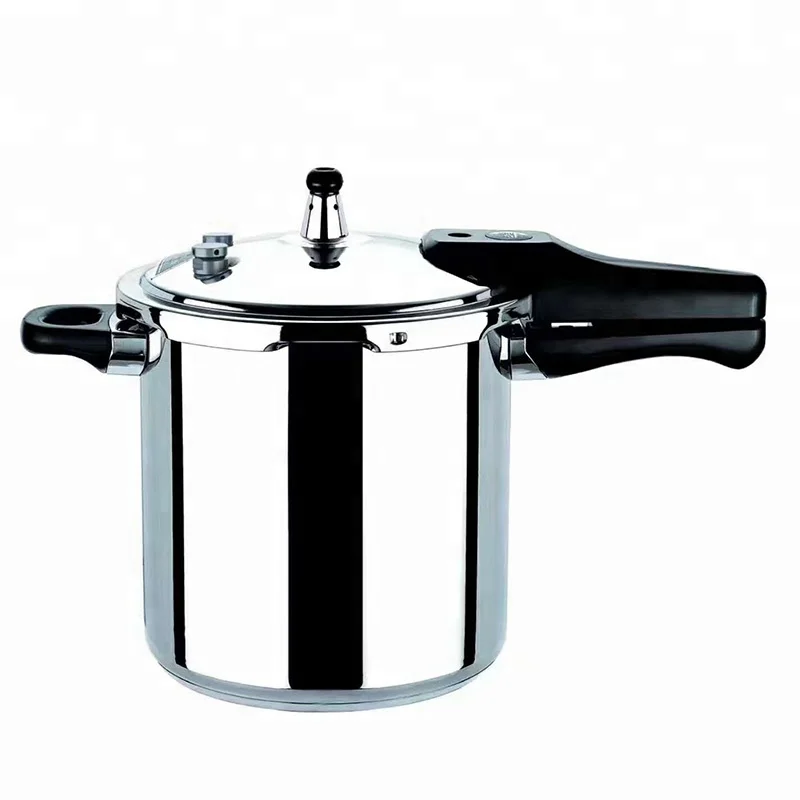The Pressure Cooker: Opponent Experiences At The French Open

Table of Contents
The Unique Challenges of Clay Court Tennis
The clay courts of Roland Garros present a distinct set of challenges compared to other Grand Slam tournaments. Understanding these differences is crucial for any opponent hoping to succeed.
The Physical Demands
Clay court tennis, particularly at the intensity of the French Open, presents unique physical demands. The slower pace of the game, a hallmark of clay, leads to significantly longer rallies than on faster surfaces like grass or hard court.
- Slower pace leading to prolonged rallies: Points can extend for minutes, demanding exceptional stamina and endurance. Players need to maintain their focus and energy levels throughout extended exchanges.
- Increased sliding and its effect on the body: The characteristic sliding on clay puts significant stress on the legs, ankles, and knees, increasing the risk of injury and requiring specialized training to prevent it.
- Unique demands on footwork and agility: The slower surface necessitates precise footwork and agility to cover the court effectively. Quick changes of direction and efficient movement are crucial for success.
The physical fitness required at Roland Garros is unlike that needed on other surfaces. Endurance, stamina, and injury prevention are paramount aspects of preparing for the French Open's physicality.
The Mental Game Intensifies
The mental strain on players at Roland Garros is significantly amplified by the nature of clay court tennis. The slow pace of play provides ample time for self-doubt and strategic overthinking to creep in.
- Increased time for strategic thinking: While beneficial for planning, the extended rallies can also lead to mental fatigue and over-analysis.
- Heightened pressure due to extended points: Every point carries weight, as rallies are longer and momentum shifts more slowly. This prolonged pressure can test even the most seasoned players.
- Impact on concentration and decision-making: Maintaining sharp focus throughout a long point, and across multiple matches, becomes a significant mental challenge.
- Mental resilience in challenging matches: The ability to bounce back from setbacks, maintain composure under pressure, and believe in your ability to win becomes crucial for success on the demanding clay courts.
Mental toughness and pressure management are arguably just as important as physical fitness for achieving success at Roland Garros. The ability to harness mental resilience becomes a defining factor in overcoming the mental demands of clay court tennis.
Facing the French Open Crowd
Roland Garros boasts a famously passionate and vocal crowd. This can significantly impact the experience for opponents, presenting both opportunities and challenges.
The Atmosphere at Roland Garros
The atmosphere at Roland Garros is unique. The French crowd is known for its fervent support for its players and for its passionate—sometimes even antagonistic—reactions to opposing players.
- The intensity and vocal nature of the crowd: The crowd's energy and enthusiasm are contagious, creating an electrifying yet potentially overwhelming atmosphere.
- Potential for both support and antagonism: The crowd's reactions can shift quickly, providing overwhelming support for some players and intense pressure for others.
- Home-court advantage for French players: French players often benefit from the immense support of their home crowd, generating a considerable home-court advantage.
- Managing crowd noise and energy: Filtering out distractions and managing the emotional impact of the crowd's energy is a significant challenge for all competitors.
Navigating the emotional rollercoaster of the Roland Garros crowd is a crucial aspect of competing at the highest level.
Dealing with Distractions
Opponents employ various techniques to maintain focus and manage distractions stemming from the crowd's energy.
- Mental visualization techniques: Players use visualization to block out external noise and focus on their game plan.
- Mindfulness practices: Mindfulness techniques can help players stay grounded in the present moment and remain calm amidst the chaos.
- Focusing on the game plan: Maintaining a laser focus on the execution of their own strategies is key to overcoming external pressures.
- Ignoring external distractions: Learning to filter out extraneous noise and maintain concentration is a crucial skill for success in a high-pressure environment.
Effective distraction management techniques are vital for maintaining focus and optimizing performance at Roland Garros.
Strategic Considerations against Top Players
Facing top-ranked players at the French Open demands a sophisticated understanding of strategy and adaptation.
Adapting Game Styles
When facing top players, opponents need to carefully analyze their strengths and weaknesses, adapting their game plan accordingly.
- Neutralizing strengths of top players: Identifying and neutralizing a top player's most potent weapons is paramount to having a chance of winning.
- Exploiting weaknesses: Every player has vulnerabilities; capitalizing on these is key to gaining an advantage.
- Adapting serving strategies: Serving strategies must be adapted to suit the opponent's return style and the court conditions.
- Tactical approaches for clay court specialists: Tailoring game plans to the specific challenges of playing against clay court specialists is crucial.
Strategic flexibility and opponent analysis are key to success against elite players at the French Open.
Overcoming the Pressure of Playing against Legends
Facing established stars at Roland Garros brings additional pressure, requiring a strong mental approach.
- Managing expectations: Maintaining realistic expectations and focusing on personal performance rather than solely on the opponent is essential.
- Maintaining self-belief: Self-confidence and belief in one's abilities are paramount to overcoming the pressure of playing against legends.
- Learning from top players: Observing and learning from the best players in the world provides invaluable insights and experience.
- Using the experience to grow: Competing against top players allows for significant growth and development, regardless of the outcome.
Mental fortitude and a focus on personal growth are as important as tactical prowess when facing tennis legends at Roland Garros.
Conclusion
The French Open presents a unique set of challenges for all players, but the opponent experience is amplified by the demanding clay courts, passionate crowd, and the high level of competition. Successfully navigating this "pressure cooker" environment requires a combination of physical stamina, mental resilience, and strategic game planning. By understanding the specific pressures faced at Roland Garros, opponents can better prepare themselves and improve their performance. Ready to analyze your own strategies for conquering the pressure of the French Open? Start planning your approach today, and remember – preparation is key to overcoming the pressure cooker that is the French Open.

Featured Posts
-
 Sam Altmans Middle East Ai Deal Elon Musks Intervention And Its Exclusive Implications
May 30, 2025
Sam Altmans Middle East Ai Deal Elon Musks Intervention And Its Exclusive Implications
May 30, 2025 -
 Jet Ski Kawasaki Premium Tiga Model Baru Hadir Di Indonesia
May 30, 2025
Jet Ski Kawasaki Premium Tiga Model Baru Hadir Di Indonesia
May 30, 2025 -
 Did Elon Musk Father Amber Heards Twins Exploring The Claims
May 30, 2025
Did Elon Musk Father Amber Heards Twins Exploring The Claims
May 30, 2025 -
 Angela Del Toro In Daredevil Born Again A Character Guide
May 30, 2025
Angela Del Toro In Daredevil Born Again A Character Guide
May 30, 2025 -
 Harga Kawasaki Ninja 500 Dan 500 Se 2025 Lebih Dari Rp100 Juta
May 30, 2025
Harga Kawasaki Ninja 500 Dan 500 Se 2025 Lebih Dari Rp100 Juta
May 30, 2025
